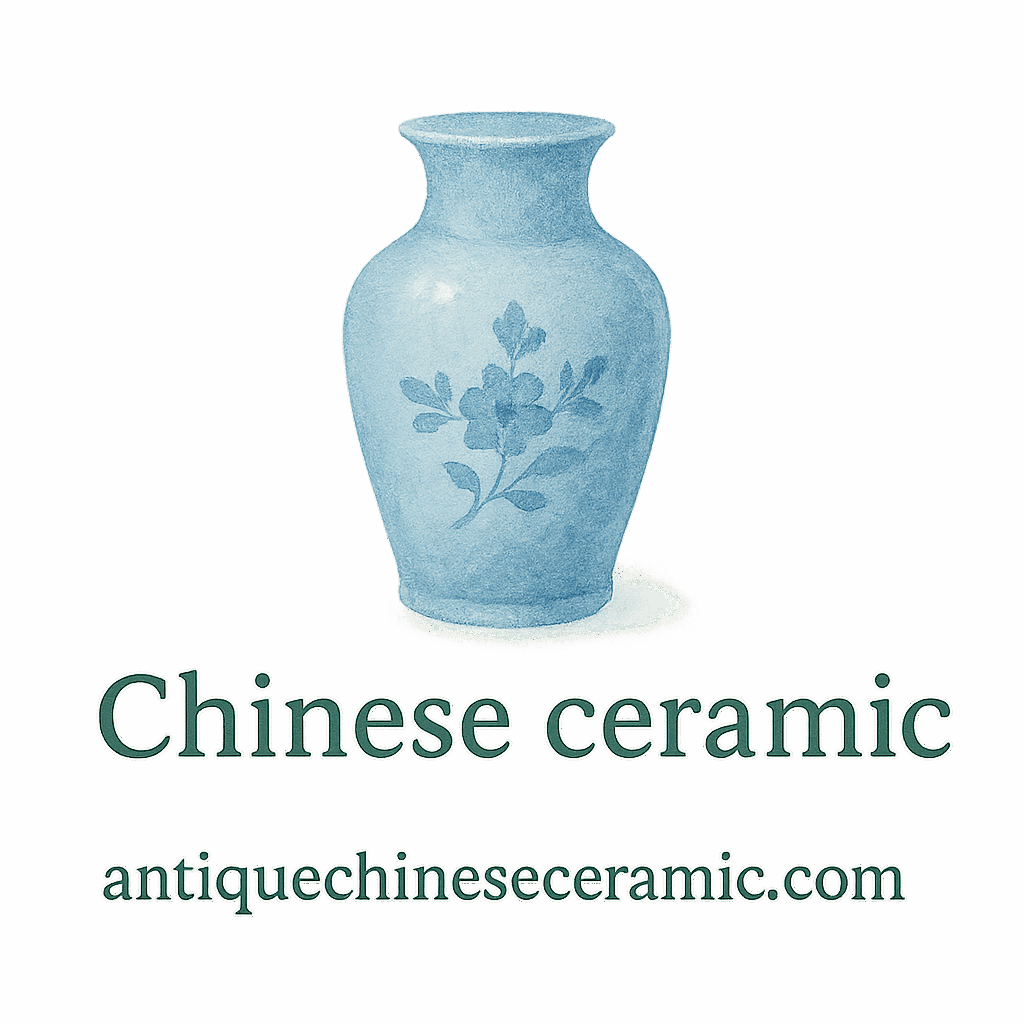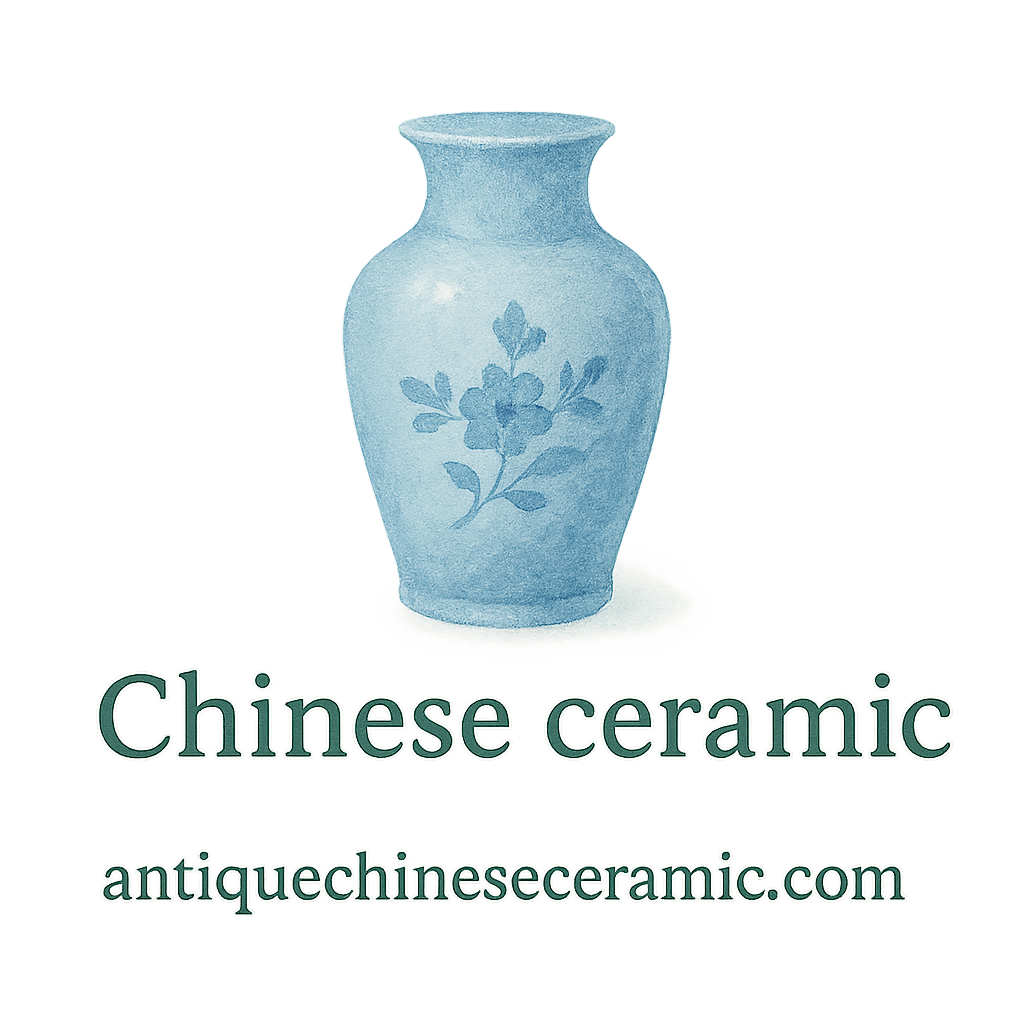Introduction
Let’s be honest—antique ceramics aren’t just pretty decorations. They’re historical artifacts, storytellers of centuries gone by, and often, valuable heirlooms. But preserving them? That’s an art of its own. If you’re diving into the world of collecting or safeguarding these fragile beauties, knowing the do’s and don’ts is a must.
This guide is your roadmap. We’ll cover 12 crucial do’s and don’ts of antique ceramic preservation, giving you the tools to protect your collection for generations to come.
Why Proper Preservation Matters
The Value of Antique Ceramics
Antique ceramics come from many different dynasties and cultures, especially Chinese dynasties like Tang, Song, Ming, and Qing. Each piece carries historic significance and monetary value. If preserved properly, a single bowl can tell a thousand-year-old story.
Visit our History of Chinese Ceramics page to understand the deep cultural heritage behind these artifacts.
Common Threats to Antique Ceramics
From dust and temperature swings to poor storage and careless handling, many factors can quietly destroy your collection. It’s not always the dramatic drops—often it’s the slow, subtle mistakes that do the most harm.
The 12 Do’s of Antique Ceramic Preservation
1. Do Handle With Clean Hands
Before touching any antique ceramic, wash your hands thoroughly. Better yet? Use clean, lint-free gloves.
Why Oils and Dirt Are Enemies
Your skin’s natural oils, lotion residues, or even tiny food particles can cling to ceramic surfaces, leading to discoloration or gradual deterioration over time. This tip also applies when showing items to others.
Explore more safety and care techniques on our Care & Preservation page.
2. Do Use Proper Display Techniques
Display your ceramics where they’re safe, visible, and away from danger zones.
Avoid Sunlight, Vibration, and Tilt
Sunlight can fade glazes and weaken materials. Vibrations from nearby electronics or speakers can shift and crack delicate items. Use padded supports and display cases to stabilize your ceramics.
Check out our collection of storage best practices: Storage Tag.
3. Do Store Ceramics in Controlled Environments
Storage is not just about putting things on a shelf.
Temperature and Humidity Guidelines
Keep your storage area cool, dry, and stable—around 65°F (18°C) and 45% relative humidity. Avoid attics or basements, which are vulnerable to temperature fluctuations and dampness.
Visit the Preservation Tag for more guidance.

4. Do Identify and Document Each Piece
You’ll want to keep a log for every item in your collection.
Cataloging Your Collection Matters
Create a digital spreadsheet or use software to track where you bought it, its estimated value, photos, and any appraisals.
Get started here: Identification and Valuation.
5. Do Regularly Inspect for Damage
Make it a habit to look over your ceramics every few months.
Early Detection Saves Pieces
Tiny cracks, crazing, or changes in color might indicate deeper issues. Spotting damage early lets you intervene before it worsens.
Keep an eye on our Tag: Detail for spotting fine changes.
6. Do Learn the History Behind Each Piece
Each ceramic has a backstory—it’s worth uncovering.
Connecting to the Past Increases Care
Understanding which dynasty or region your piece came from can help you treat it accordingly. A Qing dynasty vase may need different handling than an early Tang bowl.
Learn more from our Timeline Tag and Dynasties Tag.
The 12 Don’ts of Antique Ceramic Preservation
7. Don’t Use Harsh Cleaning Agents
It might be tempting to scrub that stubborn mark, but hold back!
Chemicals Can Cause Irreversible Damage
Avoid bleach, vinegar, or abrasive pads. They can scratch glazes or eat through surfaces. Instead, use a soft brush and distilled water.
Learn safer cleaning practices here: Tag: Cleaning.
8. Don’t Glue Broken Pieces Yourself
Cracked your piece? Don’t reach for superglue just yet.
The Dangers of Amateur Repairs
Improper gluing can ruin the value and integrity of your ceramic. Seek help from a restoration expert who uses conservation-grade materials.
Explore Appraisal Tag for contacts and guidance.
9. Don’t Stack Ceramics
Plates, bowls, and dishes should not be stacked, no matter how padded they are.
Pressure and Friction Risk Cracks
Stacking causes friction points, especially on delicate glazes. Always store vertically with padding between items.
See more storage methods on our Containers Tag.
10. Don’t Place Ceramics Near Heat Sources
Heat is no friend to fragile ceramics.
Thermal Shock Is a Real Risk
Even a short exposure to a heat vent, radiator, or direct sunlight can cause rapid expansion and cracks. Avoid displays near windows or kitchens.
Check out our advice under Tag: Surface.
11. Don’t Assume Age Equals Value
Old doesn’t always mean priceless.
Learn to Assess True Worth
Some antique ceramics from certain periods or mass-produced wares may be less valuable than you think. Always get a professional appraisal.
Visit our Collecting and Valuation pages for more.
12. Don’t Forget Professional Appraisal and Storage
Collectors often skip the step of getting expert opinions—don’t be one of them.
Expert Input Adds Longevity
Certified appraisers and conservators know how to handle, store, and even rescue damaged pieces. Plus, you’ll need appraisal documents for insurance purposes.
Browse our Tag: Appraisal and Tag: Auction for expert recommendations.
Key Takeaways
- Always use gentle, informed care when handling antique ceramics.
- Invest in proper storage and display solutions.
- Avoid DIY repairs—always consult professionals.
- Documenting and understanding your collection adds emotional and financial value.
Conclusion
Preserving antique ceramics isn’t just about avoiding breakage—it’s about honoring the legacy behind every bowl, plate, or vase. With the right blend of respect, caution, and expert guidance, your ceramics can thrive for centuries more.
Whether you’re a newbie collector or seasoned enthusiast, using these 12 do’s and don’ts will keep your collection not just intact—but alive with history and meaning.
For more resources, visit the main website and explore tags like Antique, Chinese, and Heritage.
FAQs
1. How often should I inspect my antique ceramics?
Every 3–6 months is ideal. Look for hairline cracks, color fading, and surface changes.
2. Can I display antique ceramics in the kitchen?
It’s not recommended. Kitchens often have heat, steam, and grease—enemies of preservation.
3. What’s the best way to clean antique ceramics?
Use soft brushes, distilled water, and gentle hands. Avoid any harsh chemicals or scrubbing tools.
4. How can I tell if my antique ceramic is valuable?
Start with professional valuation and identification. Age, condition, rarity, and dynasty all matter.
5. Is it okay to use antique ceramics for serving food?
No—many old glazes contain lead or unstable materials. Best to preserve them as display pieces only.
6. Where can I find professionals for restoration or appraisal?
Check out the Appraisal and Auction tags for expert resources.
7. Are there special containers for storing ceramics long-term?
Yes—archival-quality boxes, acid-free tissue, and foam inserts work well. See more at Containers.


